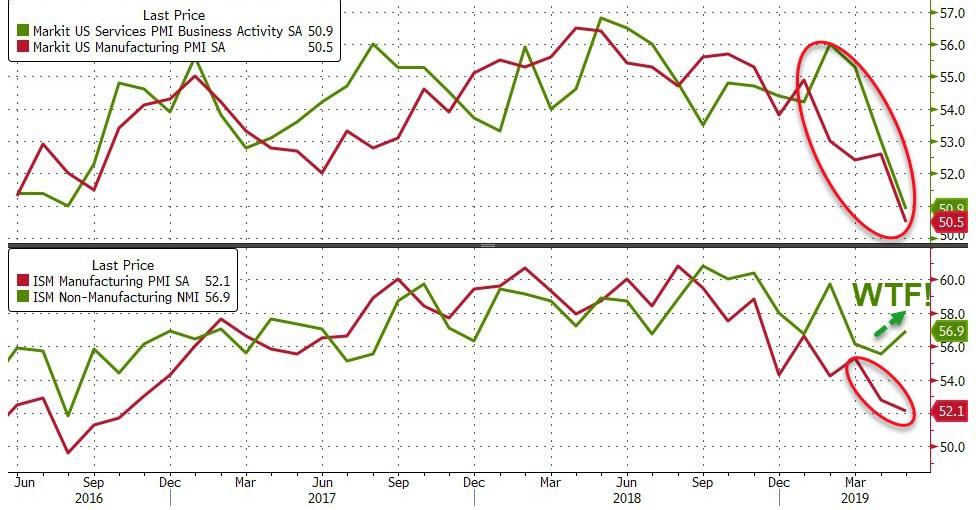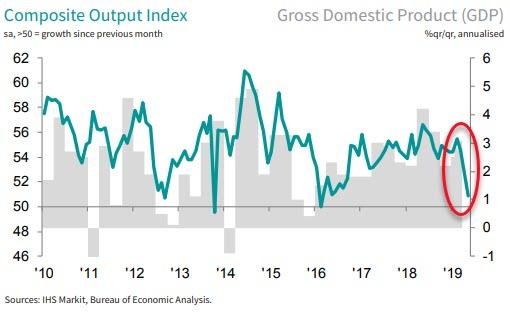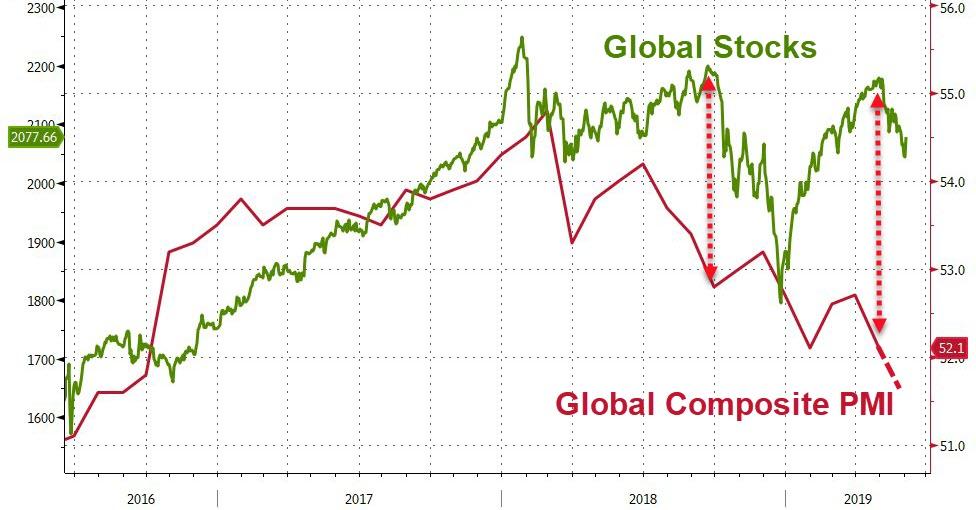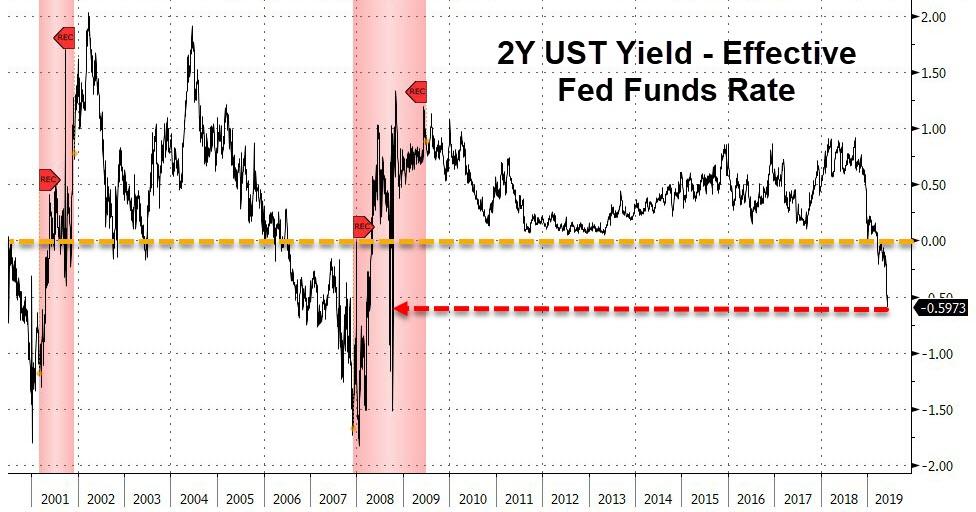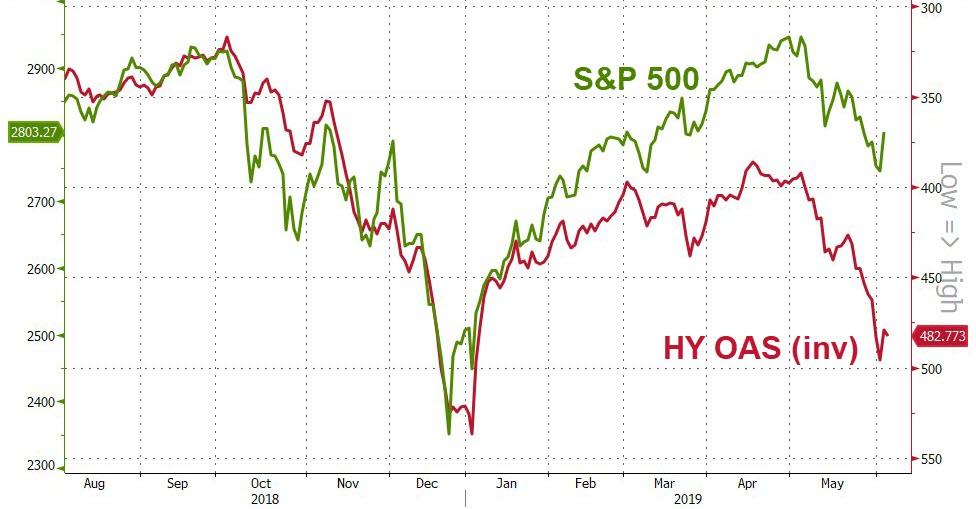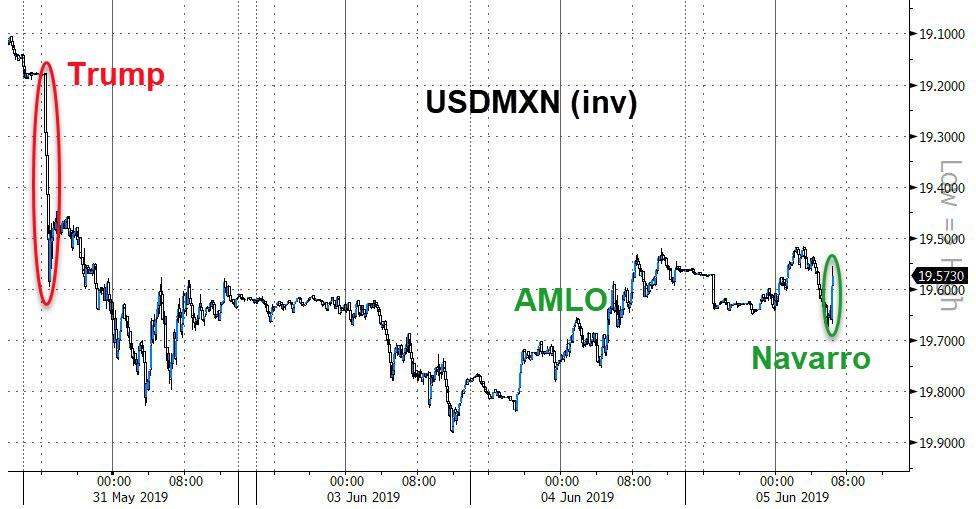Man-made climate change (now dubbed “climate crisis” by The Guardian’s editors) poses potentially serious risks for humanity in this century. But acknowledging the hazard is not enough for a growing claque of meteorological apocalypse porn peddlers who insist that if their prescriptions for solving the problem are not followed then civilization will momentarily come to an end.
Recent hawkers of fast approaching climate doom include David Wallace-Wells in his book The Uninhabitable Earth: Life After Warming, Cumbria University professor Jem Bendell’s “Deep Adaptation” paper, and environmental activist Bill McKibben’s Falter: Has the Human Game Begun to Play Itself Out? (my review is forthcoming).
Now comes a policy paper, Existential climate-related security risk: A scenario approach, from an Australian climate action advocacy group the Breakthrough National Centre for Climate Restoration. The headline over at Vice says it all: “New Report Suggests ‘High Likelihood of Human Civilization Coming to an End’ in 2050.”
In his foreword to the 8-page sketch of purported climate calamity, retired Australian admiral Chris Barrie asserts that it lays “bare the unvarnished truth about the desperate situation humans, and our planet, are in, painting a disturbing picture of the real possibility that human life on earth may be on the way to extinction, in the most horrible way.”
To justify their alarm, the authors of the paper, David Spratt and Ian Dunlop, are basically channeling Harvard economist Martin Weitzman’s dismal theorem. In deriving his dismal theorem, Weitzman probed what it would mean if equilibrium climate sensitivity (ECS)—conventionally defined as global average surface warming following a doubling of carbon dioxide concentrations—exceeded the likely range of 1.5–4.5°C.
Weitzman outlined a low probability-high consequence scenario in which ECS could be as high as 10°C. Such a case would indeed be catastrophic considering that the temperature difference between now and the last ice age is about 5°C and it took several thousand years for that increase to occur.
So just how likely is such an extremely high ECS? In its Fifth Assessment Report, the United Nations Intergovernmental Panel on Climate Change (IPCC) noted that the “equilibrium climate sensitivity (ECS) is likely in the range 1.5°C to 4.5°C, extremely unlikely less than 1°C, and very unlikely greater than 6°C.” More reassuringly, a 2018 article in Climate Dynamics calculated a relatively low climate sensitivity range of between 1.1°C and 4.05°C (median 1.87°C).
The Breakthrough Centre paper rejects conventional cost-benefit analysis in favor of sketching out a “hothouse earth” scenario that relies on projections in a 2017 Proceedings of the National Academy of Sciences article that average global temperature will exceed 3°C by 2050. They devise their scenario with the aim of alerting policymakers to the idea that climate change could turn out to be worse than current climate model projections suggest.
In their scenario, sea level rises by about 20 inches by 2050 and by 6 to 10 feet by 2100. Fifty-five percent of the world’s population is subjected annually to more than 20 days of heat “beyond the threshold of human survivability.” Wildfire, heatwaves, drought, and inundating storms proliferate. Ecosystems collapse including the Amazon rainforest, coral reefs, and the Arctic. Global crop production falls by at least 20 percent. Unbearable heat, along with food and water shortages would force billions of people to migrate. The result of this “hothouse earth” scenario would be “a high likelihood of human civilization coming to an end.”
On the basis of their scenario, the authors assert that only thing that can protect human civilization is “a massive global mobilization of resources is needed in the coming decade to build a zero-emissions industrial system and set in train the restoration of a safe climate. This would be akin in scale to the World War II emergency mobilization.”
Before racing to embrace their scenario, let’s consider what is known about the current rate of climate change. According to relatively uncontroversial data, average global surface temperatures have increased by 0.9°C since 1880. Getting to an increase of 3°C above the pre-industrial level by 2050 would mean that temperatures would have to increase at the rate of about 0.7°C per decade from now on.
The State of the Climate in 2017 report issued last year by the American Meteorological Society cites weather balloon and satellite datasets indicating that, since 1979, the increase of global average temperature in the lower troposphere is proceeding at the rate of between 0.13°C and 0.19°C per decade. According to NASA’s Earth Observatory, the rate of temperature increase since 1975 as measured by thermometers at the surface is roughly 0.15–0.20°C per decade. Basically, the rate of global temperature increase would have to triple in order to destroy civilization in the Breakthrough Centre scenario.
The flaw with constructing scenarios is that they enable our easy propensity to imagine disaster to run rampant. Scenario building, with the goal of advising policymakers and the public on how to govern the globe in the context of environmental and economic policy, has failed its practitioners spectacularly.
Probably the best example of scenario building gone badly awry is Stanford biologist Paul Ehrlich’s 1968 The Population Bomb: Population Control or Race to Oblivion?. Ehrlich sketched out three dismal scenarios in which hundreds of millions of people died in the 1970s from pandemic disease, thermonuclear war, and massive cancer epidemics sparked by exposure to synthetic pesticides. In his most hopeful scenario, the “major die-back” of hundreds of millions of people starving to death in India, China, Latin America, and Africa would end by 1985. Thereafter, the world population would be being managed downward by the remaining enlightened countries to just 2 billion by 2025 and 1.5 billion by 2100. “Our only choices are a lower birth rate or a bigger death rate,” Ehrlich declared.
Much like the Breakthrough Centre policy researchers, Ehrlich proposed sweeping plans to solve what he viewed as a desperate global problem. At home, he recommended that “a federal Department of Population and Environment (DPE) should be set up with the power to take whatever steps are necessary to establish a reasonable population size in the United States and to put an end to the steady deterioration of our environment.” Although Ehrlich acknowledged that it would be politically impossible at the time when he wrote, he noted that “many of my colleagues feel that some sort of compulsory birth regulation would be necessary to achieve such control. One plan often mentioned involves the addition of temporary sterilants to water supplies or staple food. Doses of the antidote would be carefully rationed by the government to produce the desired population size.”
Outside our borders, the United States and other developed countries would have to practice “triage.” Food exports and aid must be denied to hopelessly overpopulated countries such as India since that would only delay and worsen the famines that must eventually pare back their excess citizenry.
Fifty years after Ehrlich outlined his gloomy scenarios, world population is at 7.7 billion and global average life expectancy has increased from 57 years to over 72 years now. Ehrlich totally missed the scenario that actually unfolded which lowers fertility and limits population growth—the prosperity that results from the spread of economic freedom and the rule of law turns out to function as a kind of invisible hand of population control.
Nevertheless, despite the wrongheadedness of trying to use worst-case scenarios to guide policy, I have also noted that the projections of the climate and econometric models could be way underestimated.
The future trajectory of man-made climate change is not certain. Consequently, hedge fund manager Bob Litterman sensibly argues that climate change is an undiversifiable risk that would command a higher risk premium. Litterman likens climate change risk to the systemic risk that investors face in the stock market. It is hard to hedge when unknown unknowns can cause the prices of all assets to decline at once. Litterman’s analysis suggests that some policies—perhaps a revenue-neutral carbon tax—could help mitigate climate risk.
More fantasy than fact, the Breakthrough Centre scenario fails to persuade that an impending climate apocalypse threatens human extinction. Worst-case scenarios mislead far more than they enlighten. Given what is known about the rate of global temperature increase, my best judgment is that it is not yet time to panic about the imminent end of civilization.
from Latest – Reason.com http://bit.ly/2Wr4GoM
via IFTTT

